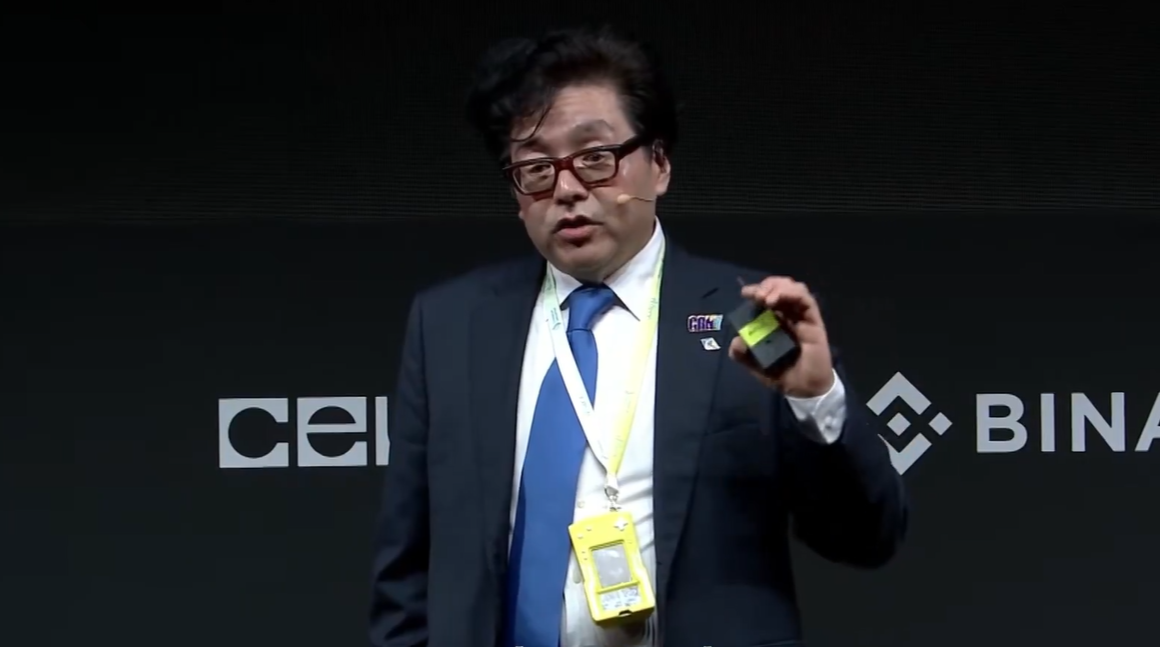They came out in defense of national parks and small businesses, public education and health care for veterans, abortion rights and fair elections. They marched against tariffs and oligarchs, dark money and fascism, the deportation of legal immigrants and the Department of Government Efficiency.
Demonstrators had no shortage of causes as they gathered in towns and cities across the country on Saturday to protest President Trump’s agenda. Rallies were planned in all 50 states, and images posted on social media showed crowds in places like St. Augustine, Fla., and Franklin, N.C., and rainy Frankfort, Ky.
“Pouring rain, 43 degrees, biting wind, and people are still here in Albany in the thousands,” said Ron Marz, a comic book writer who posted a photo on X of the scene at the New York State Capitol.
While crowd sizes are difficult to estimate, organizers said that more than 600,000 people had signed up to participate. On Fifth Avenue in Manhattan, the protest stretched for nearly 20 blocks. In Chicago, several thousand people flooded Daley Plaza and adjacent streets, while in the nation’s capital tens of thousands surrounded the Washington Monument. In Atlanta, the police estimated the crowd marching to the gold-domed statehouse at over 20,000.
Some demonstrators waved American flags, occasionally turned upside down to signal distress. Many, especially federal workers and college students, were afraid to speak on the record for fear of retaliation.
The mass action, “Hands Off!,” was planned at a time when many have bemoaned what they see as a lack of strong resistance to Mr. Trump. The president has moved aggressively to punish people and institutions he views as out of step with his ideology.
The rallies were organized by Indivisible, MoveOn and several other groups that led protests about abortion rights, gun violence and racial justice during the first Trump administration. Organizers said they hoped to shift the emphasis to pocketbook issues like health care and Social Security, with the message that Mr. Trump is making life harder for the average American while benefiting his richest friends.
They also moved away from focusing on massive demonstrations, like the 2017 Women’s March on Washington, to instead plan hundreds of local gatherings in communities large and small.
Some demonstrators had specific issues, while others opposed the Trump administration and MAGA movement in general. “Hands off my money, rights, democracy,” one sign proclaimed. “Make lying wrong again,” said another.
In Chicago, Glynn Tipton, a 45-year-old pharmaceutical professional, said he was attending to make friends feel safer.
“I’m a generic white guy, so they aren’t coming for me,” he said. “There’s a lot of my friends who are Jewish, trans, in the military or sick, and they’re not doing OK. It’s OK for me to stand out here, so I should for the ones who are afraid.”
Karen Fitzgerald, a 71-year-old retired teacher from Naperville, Ill., said she was most concerned about veterans and the environment.
“I’m disgusted and sad that we have to do this,” she said. “A country that doesn’t take care of its veterans is not a place to be proud of.”
Among the demonstrators in New York City was Melissa Jackson, 41, a former special education teacher and the mother of a 3-year-old on a specialized learning plan for students with disabilities.
“I think it’s ridiculous. New York, the United States, is the melting pot. Like, what do we want? Like, not diversity, not inclusion?” she said, adding that she was also concerned about cuts to public education. “This is just a step backwards. We’ve come too far to take so many steps back.”
In Atlanta, Johnny Johnson, 34, said he had been hired by the Internal Revenue Service, moved, fired and rehired in a matter of months.
“I dipped into my 401(k) because I didn’t know what was going to happen,” he said.
In Denver, veteran Trump protesters said there was a noticeably smaller Latino presence on Saturday than there had been at demonstrations during the first Trump term. “You notice there’s not a lot of Chicano people out here? It’s cause people are scared,” said Brian Loma, 49, an environmental organizer who set up a tent in the snow selling hot chocolate. The government seemed to be “ripping up green cards,” he said. “It’s crazy.”
Ian Mains, a cybersecurity consultant and former Army warrant officer from Aurora, Colo., said he was protesting for the first time. He said he had never noticed migrants causing trouble in his community, but he decried that “they’re being demonized right now.”
He added that the deportation of migrants to El Salvador — “without any accountability whatsoever, it makes me wanna puke.”
Katie Benner, Robert Chiarito, Sean Keenan, Minho Kim, Kristen Nichols and Wesley Parnell contributed reporting.













